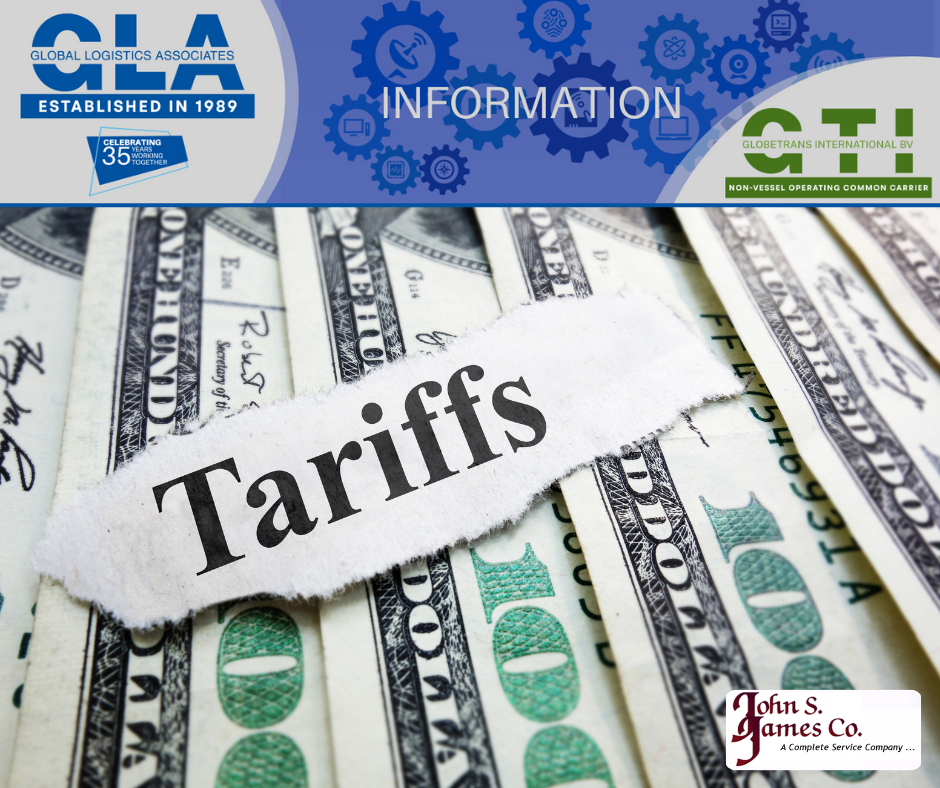
03 Jun The Impact of New 301 Tariffs on Imported Goods from China
UPDATE
“While the anticipated implementation date has shifted, the strategic implications for U.S. trade remain significant. Some U.S. importers have had strong relationships with specific Chinese manufacturers for decades and are now having to deal with a financial and production disruption to their supply chain. Consequently, countries across Asia are stepping into the spotlight as attractive sourcing alternatives – or at least being considering in relation to China+1 strategy – and are offering competitive advantages and tariff relief. India is benefiting greatly, for example, but also Vietnam, Thailand, Malaysia, Indonesia, Cambodia, Bangladesh, Philippines, Taiwan, South Korea, and Singapore as attractive alternate supplier locations. The trend of “nearshoring” has already gained momentum as well, with Mexico presenting a geographically convenient option, aligning with the goals of reducing dependency on a single source.”
Gary Sanderson
Business Development | John S. James Co.
| USTR Delays Start to Section 301 China Tariff Modifications |
| What does this mean?Ongoing Review: The United States Trade Representative (USTR) is currently in the process of reviewing over 1,100 public comments received in response to the proposed modifications to the Section 301 actions against China.
No Immediate Changes: Until the USTR completes its review and issues its final determination in August 2024, there will be no changes to the existing Section 301 measures against China. Stakeholder Input: The input from businesses, industry groups, and other stakeholders is being considered to inform the final decision. This suggests that the USTR is taking a thorough and inclusive approach. Pending Final Determination: The outcome of this review process will be announced in August 2024. The modifications, once determined, will be implemented approximately two weeks after the public announcement. The current state is one of review and consideration, with no immediate changes to the existing trade actions against China until the final determination is made public next month.
What is USTR?
The United States Trade Representative (USTR) is a federal agency responsible for developing and advocating for U.S. trade policy. As part of the Executive Office of the President, the USTR negotiates with foreign governments to create trade agreements, resolves disputes, and represents the United States in global trade policy organizations. The agency plays a pivotal role in opening markets worldwide, aiming to improve living standards by promoting fair competition and economic growth. |
We would like to thank our member John S. James Co. from the USA for putting this report together.


Gary Sanderson
Posted at 13:55h, 03 JuneGreat post. Thank you to all at the GLA for sharing. It will be interesting to see the impact this makes on our global network.